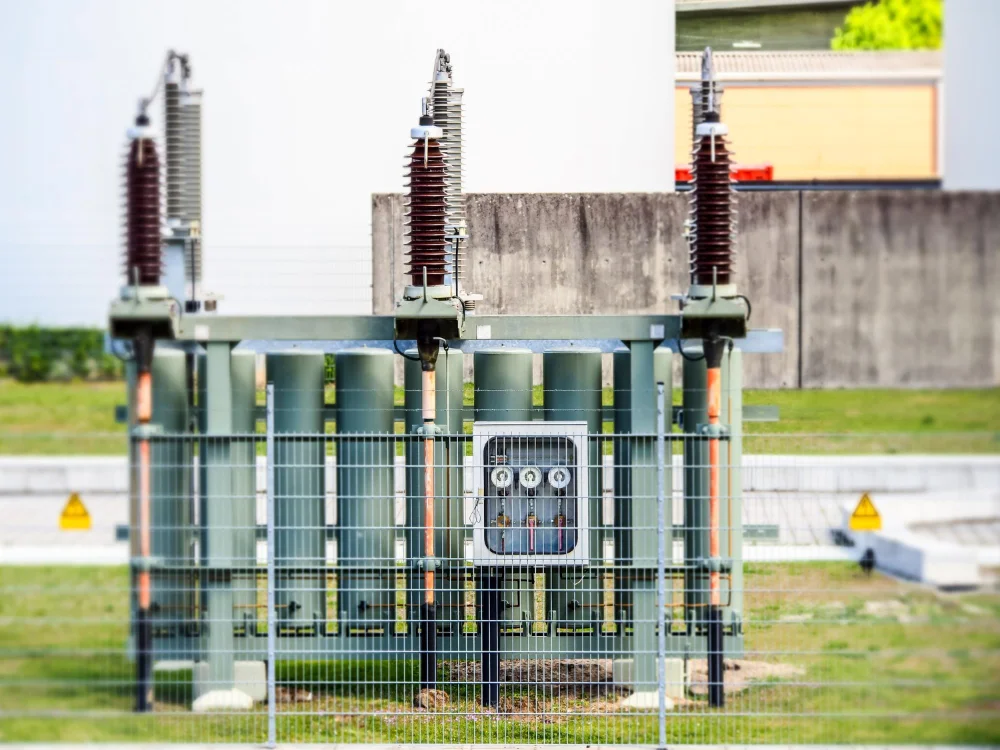How modern security terminals protect digital substations from threats
 Modern security terminals
Modern security terminals
Modern security terminals are important parts ensuring the stability and security of electricity supplies. Their role in protecting digital substations from problems such as short circuits and disruptions in power systems is invaluable. Increasingly advanced technologies used in this sector require a comprehensive approach to security and minimizing the risk of failure. Therefore, it is worth taking a closer look at how modern devices minimize threats and ensure uninterrupted operation of the power system.
Effective management of energy flow
The foundation of modern power grids is the digital substation. The main function of its devices is to manage the flow of energy, control network parameters and prevent overloads. Thanks to modern digital solutions, remote control and integration with energy management systems are possible, which increases efficiency and allows for faster response to potential threats. High process automation reduces the risk of human errors and allows for precise diagnostics of failures.
Network monitoring and problem response
Security terminals play an important role in ensuring the stability of power systems. These are devices that continuously monitor network parameters and respond to any irregularities before a failure occurs. Their main task is to detect and eliminate problems such as short circuits in power networks. This allows for the quick disconnection of damaged parts of the network and limiting the negative effects of failures.
Security terminals also protect the power system against disruptions that may result from various factors, such as voltage fluctuations, power outages or unexpected changes in the network load. Thanks to advanced analysis and interference compensation functions, these devices effectively minimize the risk of destabilization of the entire system.
Real-time anomaly detection
The modern universal security terminal is distinguished by its ability to adapt to various network conditions and high flexibility in terms of configuration. Thanks to advanced data analysis algorithms, it is able to detect anomalies in real time and immediately respond to any dangers.
The use of intelligent technologies allows for precise adjustment of the terminals’ operation to specific network requirements. This allows for quick switching of protection functions and integration with other energy management systems. Remote control and monitoring enable power operators to effectively manage the network without the need for direct intervention at the site of the failure.

Protection of important infrastructure points
Security terminals are used in various places in the power system, where their operation is of great importance in terms of ensuring the stability of energy supply. The TRAFO station is a place where the main function of the terminals is to monitor transformer parameters and protect against overloads, which can lead to overheating and damage. Appropriate protection allows for a longer service lifespan of the devices and minimizes energy losses.
The Grid Connection Point (GCP) is another device where the security terminal plays an important role. These are points where energy is received by end users, such as industrial plants, distribution networks and large commercial facilities. The terminals protect these points against the effects of damage caused by short-circuit current and monitor the quality of the supplied energy, preventing possible failures of receiving devices.
Intelligent control and communication systems
One of the most important aspects of modern security terminals is also the ability to cooperate with other components of the power system. Intelligent control systems allow for dynamic adjustment of protection parameters depending on changing conditions in the network. The use of modern communication protocols enables fast data transfer between devices and integration with central energy management systems.
Security terminals often use artificial intelligence and predictive analysis technologies, which allows for early detection of potential threats and taking preventive measures. This approach minimizes the risk of unexpected failures and shortens the response time to undesirable events.
The future of power security
With technological progress, the power industry is moving towards greater automation and digitalization. The key challenge is not only the development of smart power grids, but also effective protection of infrastructure against failures and disruptions. In this context, the importance of modern security systems is growing, which allow for ongoing monitoring of the grid status and response to potential threats in real time.
The implementation of technologies enabling self-healing power grids that automatically detect and isolate damaged parts of the system will also become increasingly important. Such solutions may revolutionize the way energy infrastructure is managed in the future, ensuring greater efficiency and resistance to threats.
Modern security terminals not only protect against failures, but also open the way to more advanced network management. Thanks to integration with digital systems, they enable continuous analysis of operational data and dynamic optimization of security settings. This in turn translates into greater network flexibility, better use of existing infrastructure and more effective integration of distributed energy sources. The development of smart power grids largely depends on the effective use of the potential of modern security, which becomes a tool for active network management, and not just passive protection.